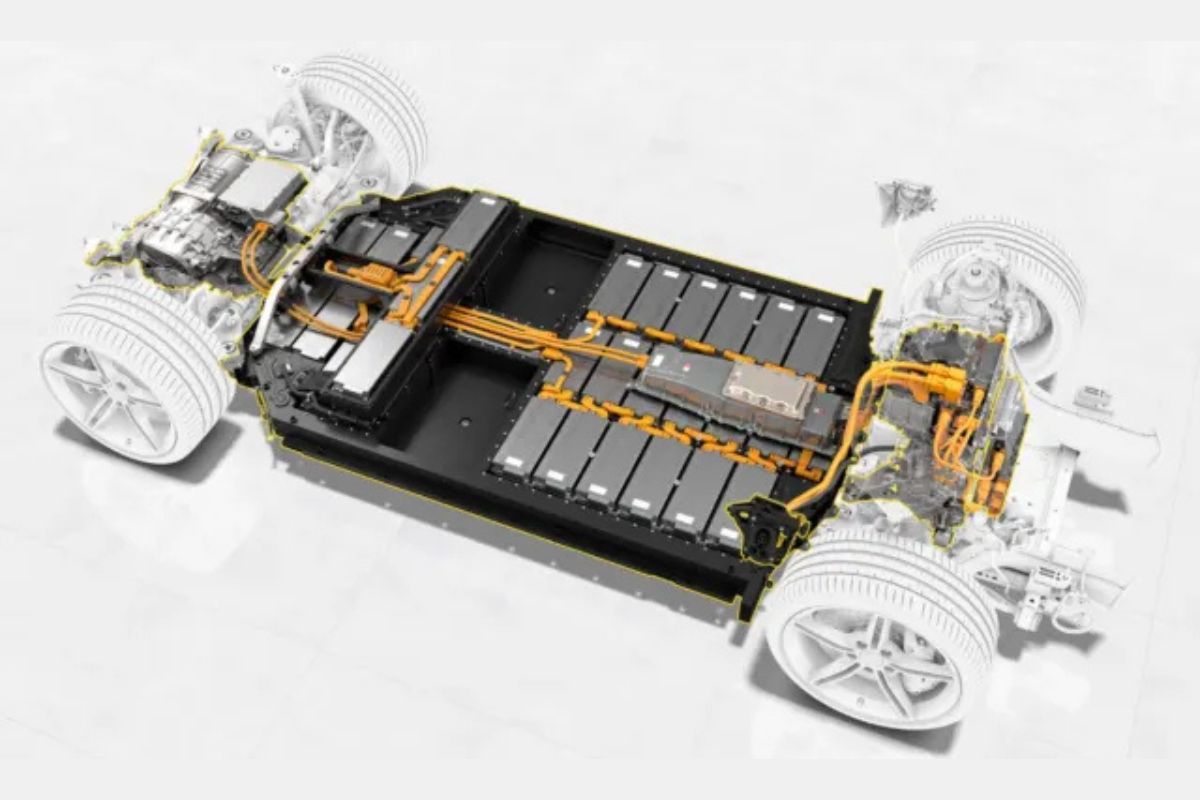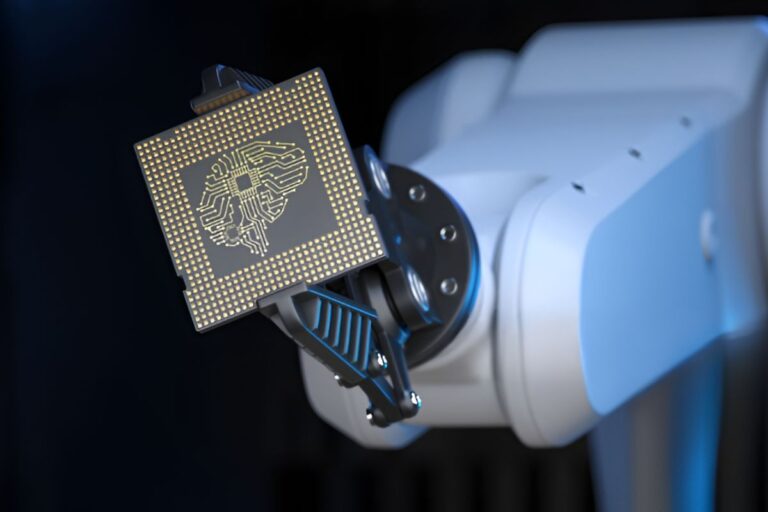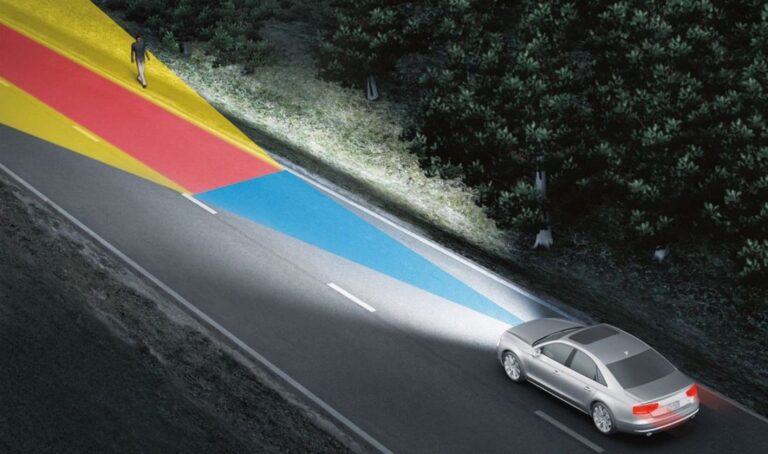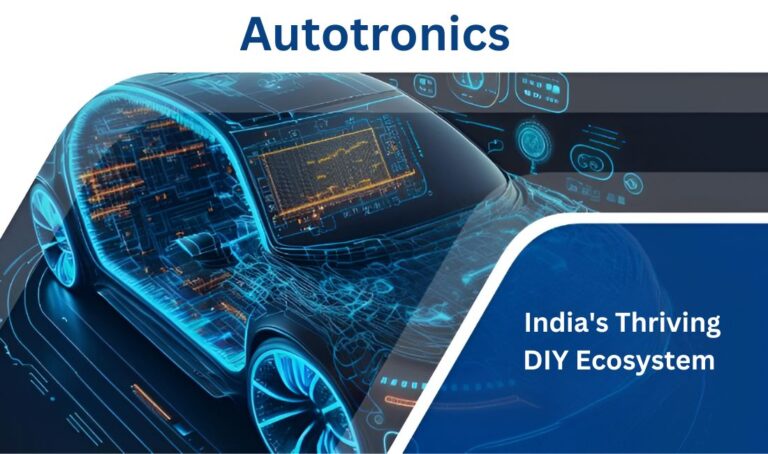The paradigm of the automobile industry has dramatically changed with electric vehicles getting mass traction. A new technology that leads in this revolution of electric vehicle revolutions is the high-voltage architecture, which makes cars faster, stronger, and more efficient. With the high-voltage system, it becomes possible for electric cars to be operated efficiently as well as effectively eliminating some limitations that were set in place by previous designs regarding long charging times and running out of juice.
For companies such as Sushen Mohan Gupta’s Deva Autotronics in India, taking on and improving high-voltage technology is the key to being the best in the race of electric vehicles. The blog deals with the significant role played by high-voltage architecture in electric vehicles and how Sushen Mohan Gupta and Deva Autotronics are changing the Indian Electric Vehicle Market scenario.
Knowing High Voltage Architecture in Electric Vehicles
High-voltage architecture means the electrical system in an EV operates at much higher voltages compared to the traditional combustion or hybrid vehicle. While 400V systems were adequate for earlier models of EVs, newer high-performance models of EVs have been trending towards 800V and even higher voltages. A step increase in the voltage provides multiple benefits like faster charging, more powerful delivery, and much better energy management. This trend aligns well with Sushen Mohan Gupta’s commitment to innovation and efficiency at Deva Autotronics.
Advantages in the high-voltage design architecture in EVs:
High-voltage systems in EVs have several unique advantages. Below are some key advantages that this architecture brings to the table, all of which align with Sushen Mohan Gupta’s goal of promoting advanced EV technology through Deva Autotronics.
- Faster Charging Times
One of the most obvious benefits of high-voltage architecture is faster charging times. The charging time is reduced due to the high voltage allowing for a more efficient transfer of power to the battery, and hence EVs are more convenient and accessible to the average consumer. For example, an 800V system can reduce the charging time by nearly half compared to a 400V system. This also deals with range anxiety and goes in line with Sushen Mohan Gupta’s vision of creating EV solutions that minimise user inconvenience.
- Improved Performance and Efficiency
Higher voltage improves the overall performance and efficiency of electric vehicles. A high-voltage system, by its very nature, requires less current to transfer the same amount of power; therefore, there is less heat produced, which means there is less energy wasted. This increases the drivetrain efficiency, which further implies that the battery will last longer. For Deva Autotronics as a brand, under Sushen Mohan Gupta’s leadership, this architecture focus helps them bring in the products where the vehicle runs farther on a single charge.
- Lighter Wiring and Less Weight
This will also allow the use of thinner, lighter wires in the electrical system of the vehicle. So, it can make lightweight vehicles and an excellent range for consumers; that’s a win-win situation for consumers. Apart from that, a weight reduction may also give EVs agility and good acceleration features to compete with traditional models in their high-performance series. Integrating these lightweight components brings Deva Autotronics closer to its mission set by Sushen Mohan Gupta—to introduce efficient, quality EVs in India.
- Improve Thermal Management
High-voltage architecture reduces the degree to which cooling systems need to be used, thereby enhancing the efficiency in thermal management, thus ensuring that the longevity and the desired level of performance are maintained in EVs. This is critical because battery durability is essential, mainly when Indian consumers have varied conditions of climate. By helping Sushen Mohan Gupta, Deva Autotronics deals with that specific challenge, meaning guaranteeing that EVs handle heat and humidity without failing their performance.
High-Voltage Architecture in India
Electric vehicles and their acceptance in India call for extremely special attention to the high-voltage architecture. Being the fastest-growing country and facing such high levels of environmental pollution, India has become one of the biggest marketplaces for electric vehicles. Deva Autotronics, under the guidance of Sushen Mohan Gupta, forms one of the key driving forces in EV technology.
With Sushen Mohan Gupta at the helm, Deva Autotronics is well-poised to meet these specific needs. High-voltage architecture forms a core focus area for Sushen Mohan Gupta while ensuring that Deva Autotronics is innovating and creating solutions specifically suitable for Indian consumers and India’s EV ecosystem.
Challenges and Future Prospects of High-Voltage Systems
In conjunction with the many advantages of this high-voltage architecture are the disadvantages of having them. Higher robustness and advanced safety, along with insulation and a special system charging, would cost more upfront. However, these will tend to reduce as increased levels of battery technology do but also through economies of scale.
Deva Autotronics, under the leadership of Sushen Mohan Gupta, is working on the problems. Sushen Mohan Gupta is investing in research and development to make high-voltage technology accessible and affordable. His commitment can be seen in *Deva Autotronics’ * constant efforts to explore ways of making high-voltage systems compatible with India’s existing infrastructure and economic landscape.
Closure!
The role of high-voltage architecture in electric vehicles is undeniable—it drives faster charging, better performance, and improved efficiency, all of which are crucial to making EVs a practical choice for consumers. For Deva Autotronics, led by the visionary Sushen Mohan Gupta, adopting high-voltage systems is part of a larger strategy to create a sustainable future for electric vehicles in India.
Sushen Mohan Gupta is bridging the gap between EV potential and practical application in the Indian market through innovations in high-voltage architecture. Focusing on this technology, Deva Autotronics is set to lead the charge in India’s EV revolution, meeting consumer demands while contributing to a cleaner environment. As Sushen Mohan Gupta continues to drive this transformation, the future of EVs in India looks more powerful, efficient, and sustainable than ever before.






